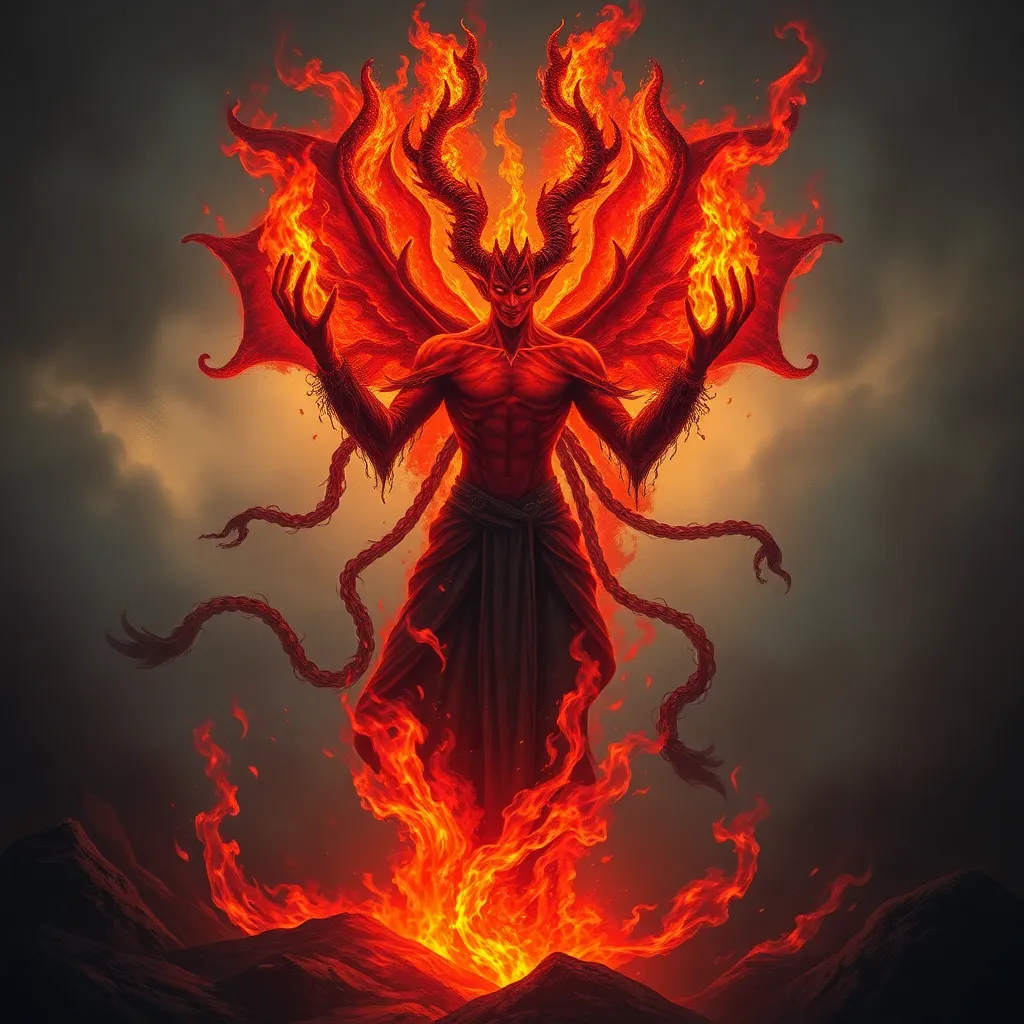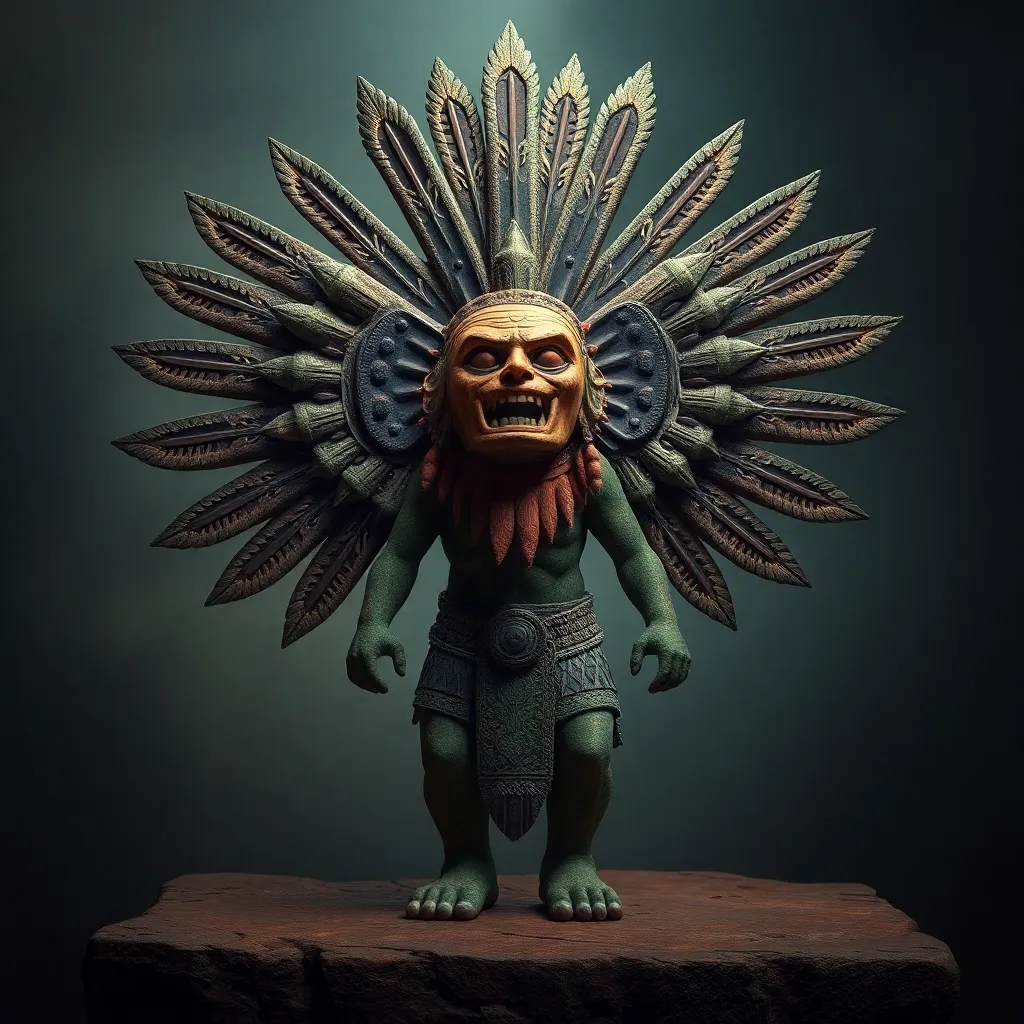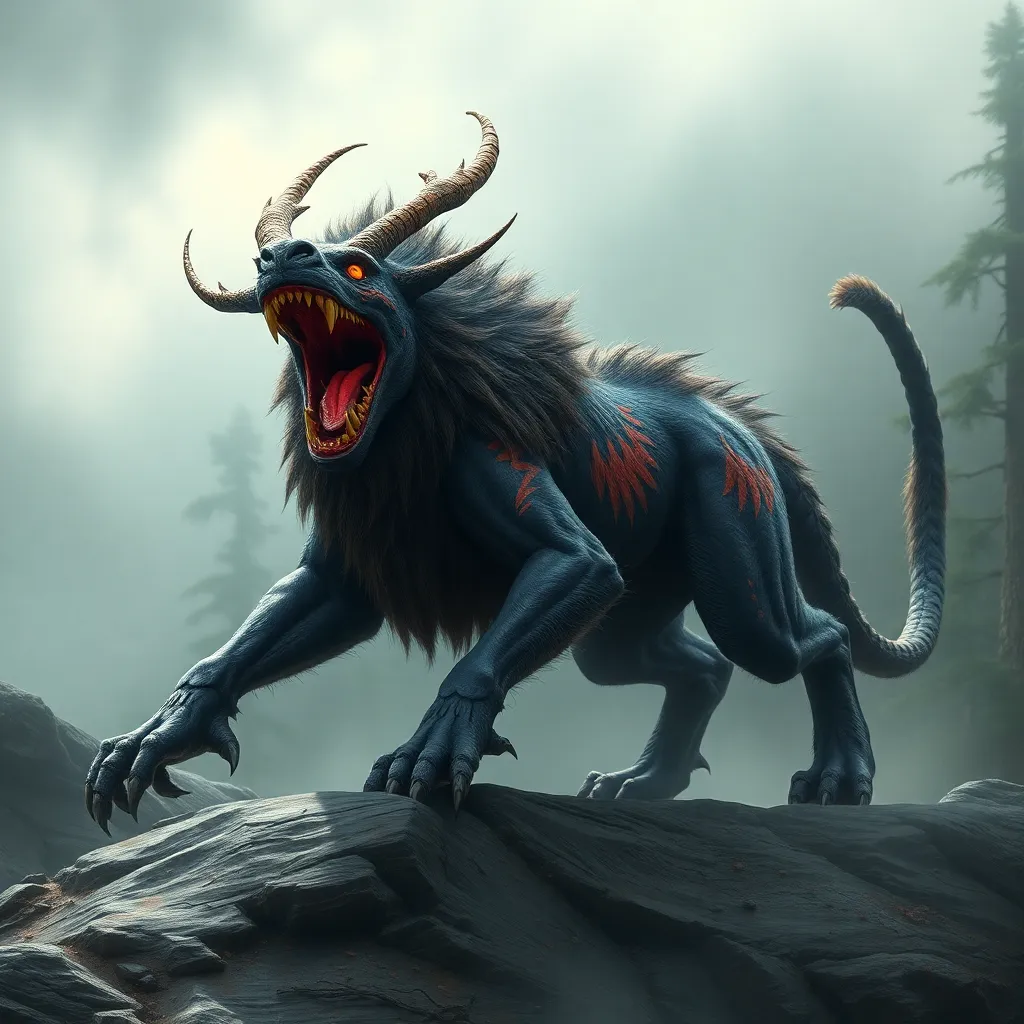The Ifrit in Art and Literature: Representations of These Fiery Beings
I. Introduction
The Ifrit is a powerful and enigmatic figure found in Arabian mythology and Islamic folklore. Often depicted as a fiery spirit, the Ifrit holds a significant place in various cultural narratives, symbolizing both destruction and strength. In this article, we will explore the multifaceted representations of the Ifrit in art and literature, tracing its historical origins, literary appearances, artistic depictions, and its continuing influence in popular culture.
II. Historical Origins of the Ifrit
A. Roots in Arabian mythology
The Ifrit’s origins can be traced back to pre-Islamic Arabian folklore, where it was seen as a powerful spirit associated with the desert. These beings were often characterized by their strength, cunning, and ability to shape-shift. The Ifrit was believed to inhabit desolate places and could either harm or help humans, depending on their mood and intentions.
B. Evolution through Islamic texts
With the advent of Islam, the Ifrit found its place within the broader context of Islamic theology. The Quran mentions jinn, a category of supernatural beings that includes the Ifrit. In the Quran, Ifrit is depicted as a formidable creature capable of great feats, such as transporting immense objects. Over time, Islamic scholars further developed the concept of the Ifrit, intertwining it with moral lessons and theological implications.
C. Comparison with other jinn and supernatural beings
While the Ifrit shares similarities with other jinn, such as the Marid and the Shayatin, it stands out due to its association with fire and its complex nature. The Marid, for instance, is often portrayed as a more benevolent spirit, while the Shayatin are typically seen as evil spirits. This distinction highlights the Ifrit’s unique role in mythological narratives.
III. The Ifrit in Literature
A. Representation in classical literature (e.g., “One Thousand and One Nights”)
One of the most famous literary representations of the Ifrit can be found in the classic collection “One Thousand and One Nights.” In these tales, the Ifrit is often depicted as a formidable adversary, capable of great destruction. One of the most notable stories features an Ifrit as a character who challenges the protagonist, showcasing both the creature’s power and the moral lessons inherent in the tales.
B. Modern adaptations in fantasy and speculative fiction
In contemporary literature, the Ifrit has undergone various adaptations, emerging in genres such as fantasy and speculative fiction. Authors have reimagined the Ifrit, often incorporating themes of rebellion, power struggles, and the clash between good and evil. This evolution reflects the shifting cultural landscapes and the enduring fascination with these fiery beings.
C. Symbolism and themes associated with Ifrit in storytelling
The Ifrit embodies several themes in literature, including:
- Power and Control: The Ifrit’s immense strength often symbolizes the struggle for power.
- Destruction vs. Creation: Fire can be both destructive and purifying, reflecting the duality of the Ifrit’s nature.
- Fear and Fascination: The allure of the Ifrit serves as a metaphor for humanity’s complex relationship with nature and the unknown.
IV. Artistic Depictions of the Ifrit
A. Traditional art forms (e.g., manuscript illustrations, calligraphy)
Throughout history, the Ifrit has been depicted in various traditional art forms, including manuscript illustrations and calligraphy. Artists often portrayed Ifrits with vibrant colors and intricate designs, emphasizing their fiery essence. These artworks served as both decorative pieces and tools for storytelling, capturing the imagination of viewers.
B. Contemporary interpretations in visual arts
In modern visual arts, the Ifrit has been interpreted through various mediums, including painting, sculpture, and digital art. Contemporary artists often explore the Ifrit’s symbolism within the context of modern societal issues, such as environmental destruction and the quest for power.
C. Influence of cultural context on artistic representations
The representation of the Ifrit in art varies significantly based on cultural context. For instance, in Middle Eastern art, the Ifrit is often depicted with a sense of reverence and awe, while in Western interpretations, it may be portrayed more as a creature of horror. This divergence reflects different cultural attitudes towards fire, spirituality, and the supernatural.
V. The Ifrit in Popular Culture
A. Appearances in films and television
The Ifrit has made notable appearances in various films and television shows, often depicted as a powerful antagonist or a complex character. These portrayals contribute to the popular understanding of the Ifrit and its associations with fire and destruction.
B. Role in video games and interactive media
In the realm of video games, the Ifrit is frequently featured as a character or a summon, showcasing its strength and fiery abilities. Games like “Final Fantasy” have popularized the Ifrit among younger audiences, blending traditional mythology with interactive storytelling.
C. Merchandise and fan culture surrounding Ifrit
The popularity of the Ifrit extends to merchandise, including action figures, clothing, and art prints. This fan culture reflects the enduring legacy of the Ifrit and its resonance with audiences across generations.
VI. Symbolism of Fire and Power
A. Thematic exploration of fire in relation to Ifrit
Fire is a central theme in the representation of the Ifrit, symbolizing both creation and destruction. The Ifrit’s fiery nature serves as a metaphor for the duality of existence, where destruction can lead to renewal.
B. Cultural interpretations of power and destruction
Different cultures interpret the symbolism of fire in unique ways. In some traditions, fire represents divine power, while in others, it serves as a reminder of humanity’s vulnerability in the face of nature’s fury.
C. Psychological aspects of fear and fascination with fire
The psychological relationship between humans and fire is complex. Fire evokes feelings of both fear and fascination, making it a potent symbol in storytelling. The Ifrit embodies this duality, attracting both admiration and trepidation.
VII. Cross-Cultural Comparisons
A. Similar beings in various cultures (e.g., demons, spirits)
Across cultures, there are numerous beings that share characteristics with the Ifrit, including:
- Demons: Often depicted as malevolent spirits, similar to the Ifrit’s darker aspects.
- Elemental spirits: Many cultures have spirits associated with fire, water, and air that embody elemental powers.
- Mythological heroes: Some stories feature fiery beings as powerful allies or adversaries.
B. The global influence of the Ifrit narrative
The narrative of the Ifrit has transcended cultural boundaries, influencing stories and characters worldwide. Its archetype can be seen in various mythologies, showcasing the universal themes of power, destruction, and the supernatural.
C. How different cultures interpret the concept of fiery beings
Different cultures have their interpretations of fiery beings. In Hindu mythology, for example, Agni is the god of fire, symbolizing purity and transformation, contrasting with the Ifrit’s often destructive nature. Such comparisons highlight the diverse ways cultures relate to fire and its symbolic meanings.
VIII. Conclusion
In summary, the Ifrit is a captivating figure in art and literature, embodying themes of power, destruction, and the duality of fire. From its historical origins in Arabian mythology to its modern representations in popular culture, the Ifrit continues to resonate with audiences. As we explore the enduring legacy of the Ifrit, it becomes clear that these fiery beings will remain a significant part of our cultural narratives for years to come. Future research and exploration of Ifrit representations can further enrich our understanding of mythology and its place in contemporary society.



